Japanese Juniper Care – How To Grow A Japanese Juniper Plant
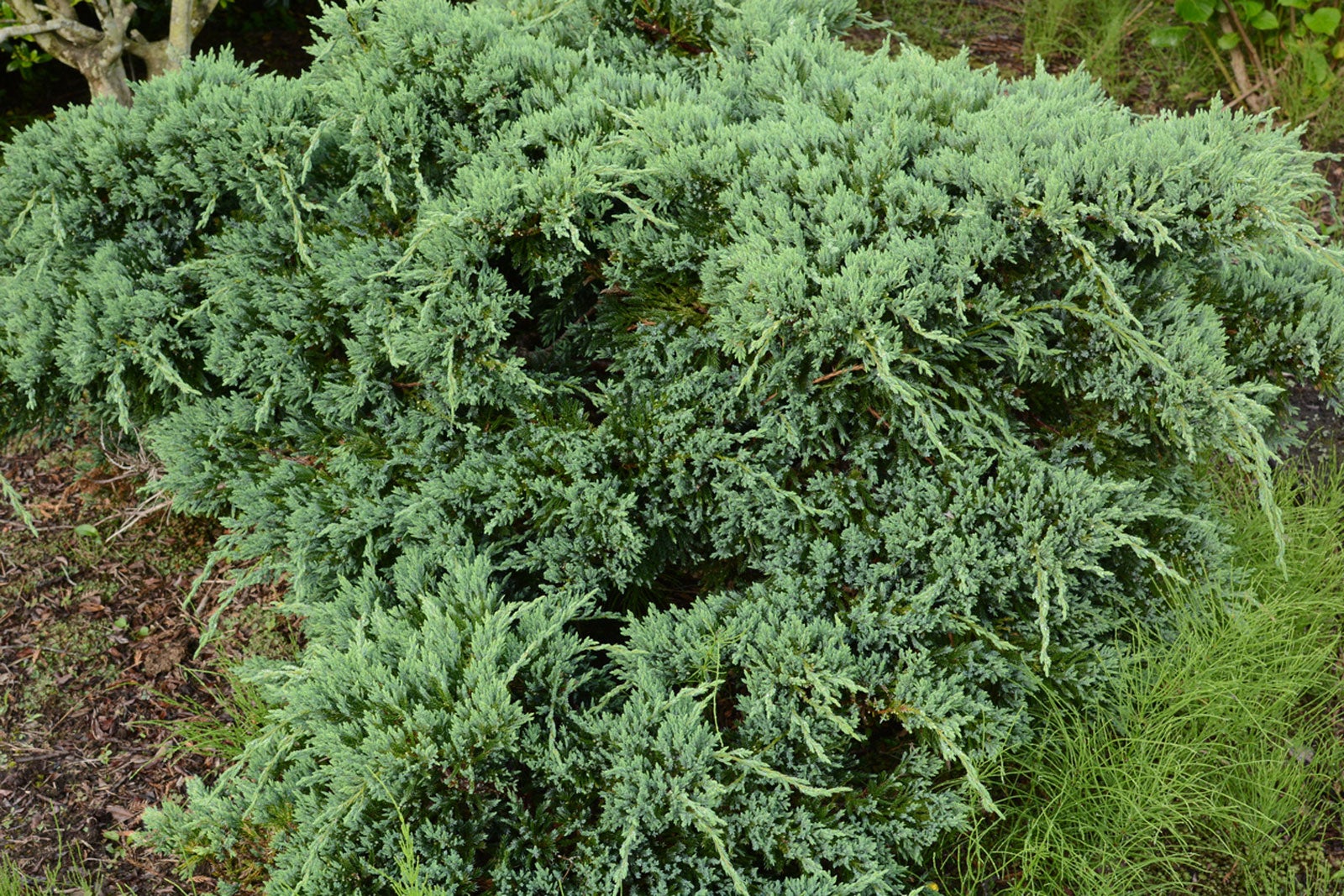

A wonderful, low maintenance sprawling plant comes in the form of Japanese juniper shrubs. Scientifically known as Juniperus procumbens, the second part of the name refers to the plant's low height. If you want a "set and forget" type of plant, Japanese juniper care is minimal and easy once established.
Learn how to care for Japanese juniper and enjoy this low maintenance plant in your garden.
About Japanese Juniper Shrubs
Blue green foliage and elegant prostrate stems characterize this juniper plant. The dwarf, evergreen shrub makes a perfect addition to most sites with an adaptable nature and its only main requirement is full sun. As an added bonus, deer seldom bother this needled plant and it remains green throughout the winter.
Unmotivated gardeners might want to try growing Japanese junipers. Not only are they easy and uncomplaining but they fill in hillsides, create a carpet under trees, set off pathways, or just make a statement as a solo specimen.
The Japanese juniper plant is hardy to USDA zone 4. It can withstand very cold temperatures or periods of drought. The plant gets no taller than 2 feet (61 cm.) but can spread twice that dimension. The bark is an attractive reddish brown and scaly. Occasionally, tiny round cones can be seen in the pointed leaves.
Growing Japanese Junipers
Select a well-draining site in full sun. The shrub is adaptable to most soil pH ranges and soil types but avoid planting in heavy clay.
Dig a hole twice as wide and deep as the root ball and mix in some compost. Spread out the roots of the plant in the hole and back fill, filling around roots to remove air pockets.
Gardening tips, videos, info and more delivered right to your inbox!
Sign up for the Gardening Know How newsletter today and receive a free copy of our e-book "How to Grow Delicious Tomatoes".
Water young plants well until established and spread a mulch of pine needles, straw, or bark around the root zone to hold in moisture and prevent weed competitors.
How to Care for Japanese Juniper
This is one of the easiest plants for which to care. They don't need fertilizer if planted in rich loam but feed once in spring if the plant is in low nutrient soil.
Water during extreme drought and keep evenly moist the rest of the year.
Junipers respond well to pruning. Wear gloves and a long-sleeved shirt, as the scaly foliage can cause contact dermatitis. Prune to remove broken or dead stems and to keep the sprawl in check if necessary. Japanese juniper care couldn't be more easy!

Bonnie Grant is a professional landscaper with a Certification in Urban Gardening. She has been gardening and writing for 15 years. A former professional chef, she has a passion for edible landscaping.
-
 Types Of Tomatoes Explained: Explore The Many Wonderful Shapes, Colors, Flavors, & Best Uses
Types Of Tomatoes Explained: Explore The Many Wonderful Shapes, Colors, Flavors, & Best UsesThe world of tomato varieties is vast and fascinating. Learn about the key types to grow in your garden, tailored to your preferences and space.
By Amy Grant
-
 Try The Trend – Turn Any Bed Into A Keyhole Garden With This Clever In-Ground Composter
Try The Trend – Turn Any Bed Into A Keyhole Garden With This Clever In-Ground ComposterKeyhole gardening is an efficient and sustainable practice that saves space. Get started on this DIY project quickly and easily with an in-ground composter.
By Bonnie L. Grant
-
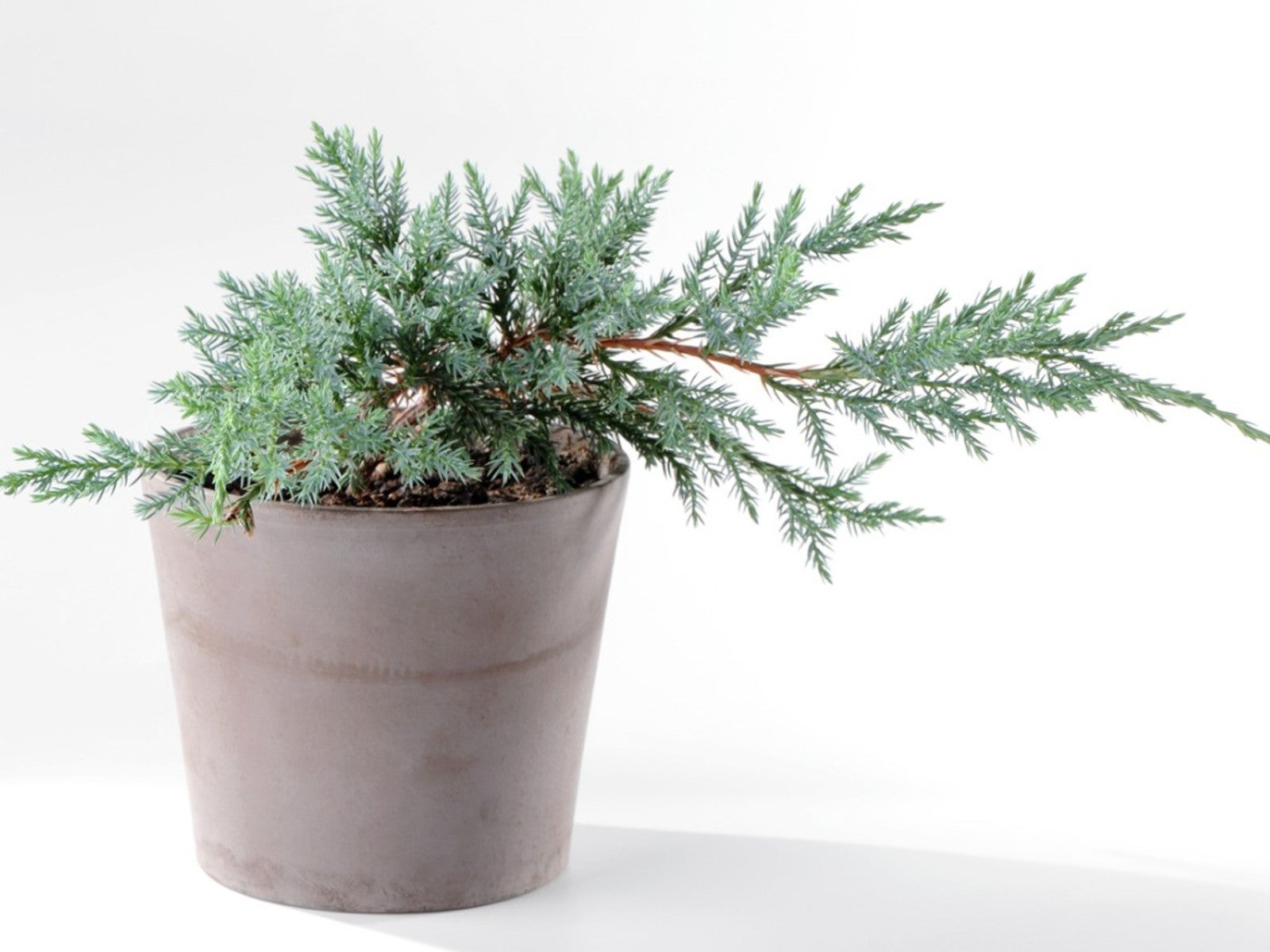 How To Grow A Potted Juniper: Caring For Juniper Trees In Containers
How To Grow A Potted Juniper: Caring For Juniper Trees In ContainersSmall juniper trees grow well in containers. Click here for information on how to care for potted junipers.
By Teo Spengler
-
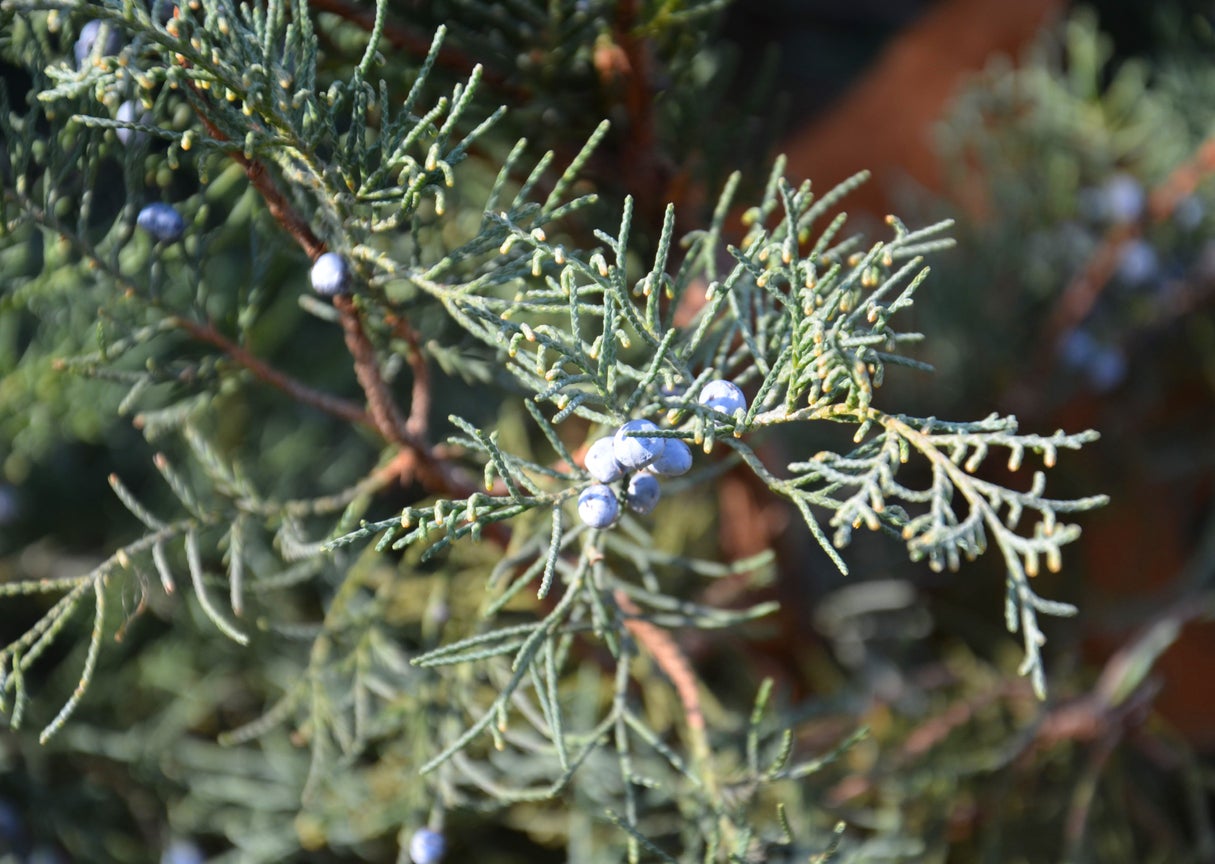 Mountain Cedar Information: Is Mountain Cedar Pollen Causing You Problems
Mountain Cedar Information: Is Mountain Cedar Pollen Causing You ProblemsMountain cedar is a tree with a common name full of contradictions. The tree is not a cedar at all, and its native range is central Texas, not known for its mountains. In fact, trees called mountain cedar are actually ashe juniper trees. Click here to learn more.
By Teo Spengler
-
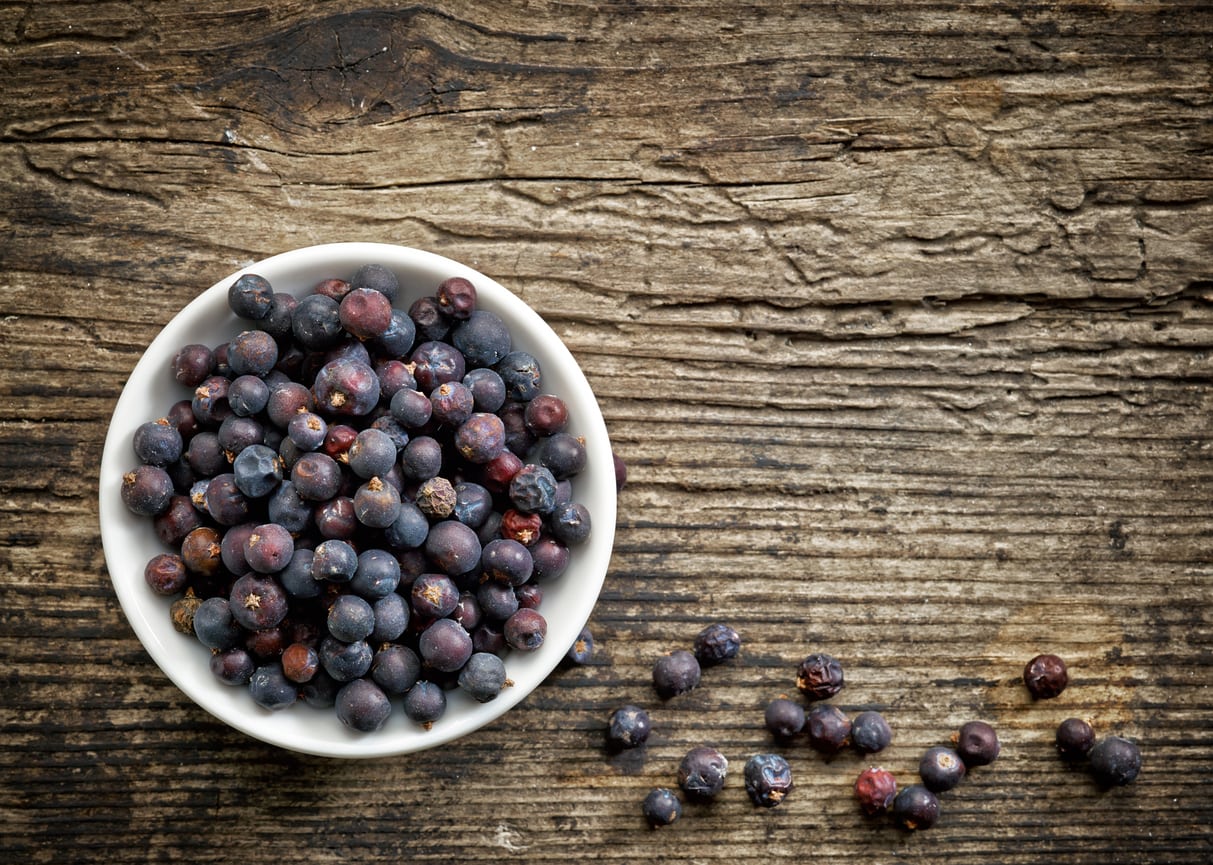 Are All Juniper Berries Edible – Is It Safe To Eat Juniper Berries
Are All Juniper Berries Edible – Is It Safe To Eat Juniper BerriesJuniper berries have been used as a strong flavoring for wine, mead, and other alcoholic beverages, as well as a spice for meats, stews, sauerkraut, and other dishes. Upon reading this, you may be wondering are all juniper berries edible? Click here for that answer.
By Darcy Larum
-
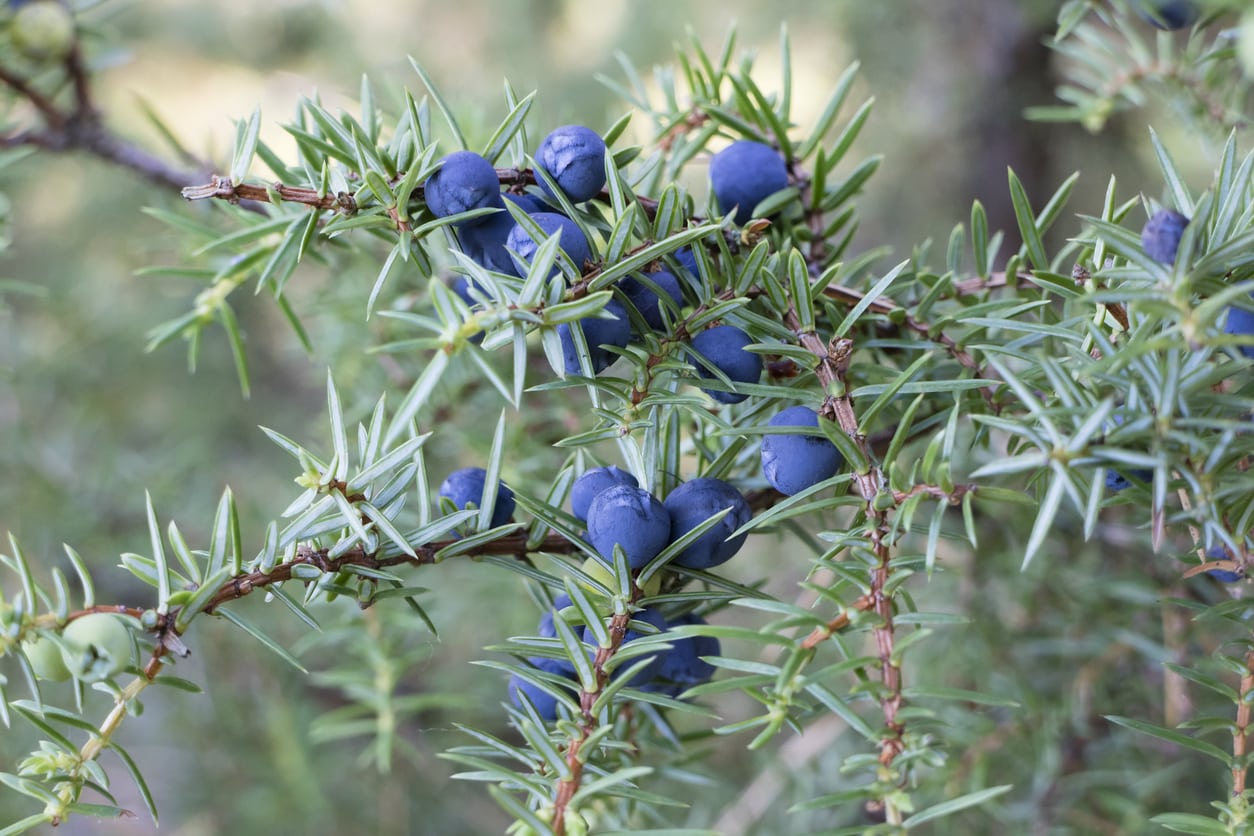 Juniper Berry Uses – What To Do With Juniper Berries
Juniper Berry Uses – What To Do With Juniper BerriesGiven that they are prolific and the fruit looks so much like a berry, the natural question is ‘can you eat juniper berries?” If so, what do you do with juniper berries? Click on the following article to find out how to use juniper berries along with some useful juniper berry recipes.
By Amy Grant
-
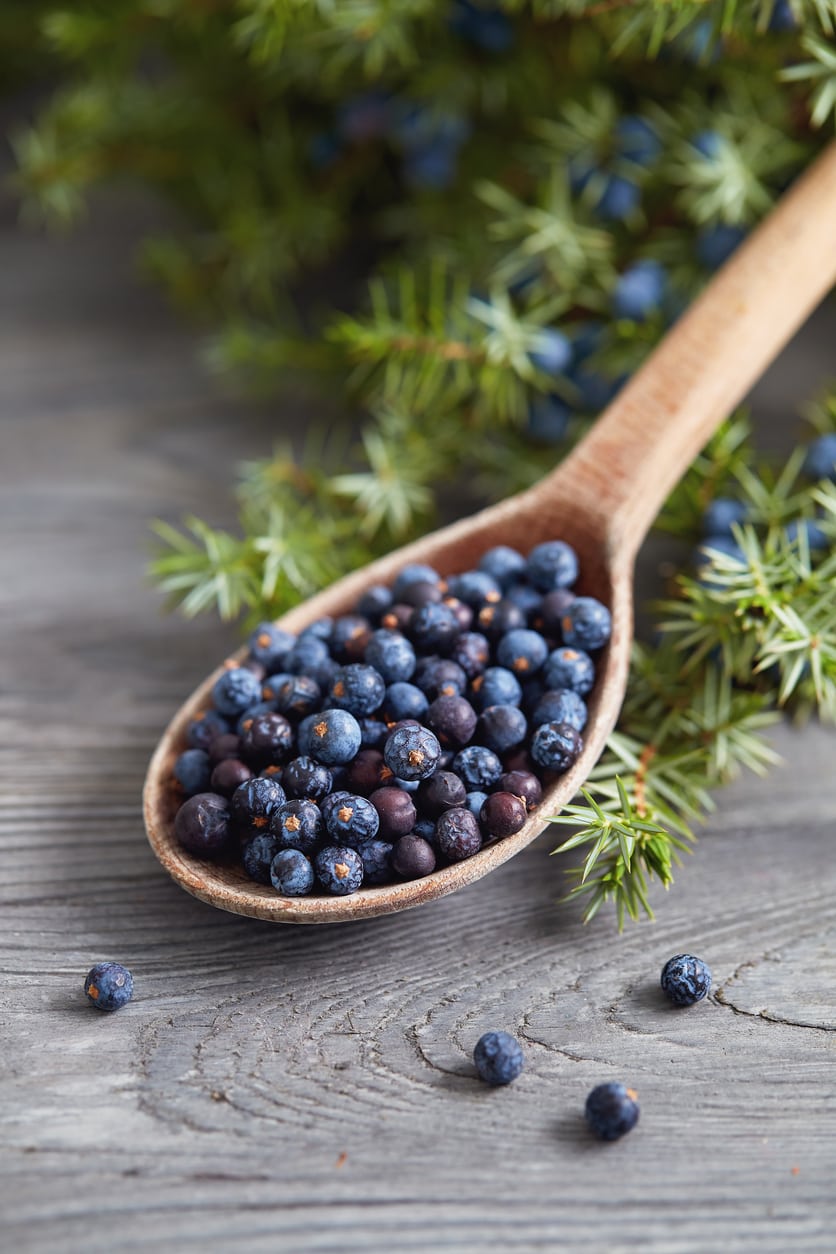 Juniper Berry Harvest Tips: How To Pick Juniper Berries
Juniper Berry Harvest Tips: How To Pick Juniper BerriesMany junipers produce berries that are toxic and inedible, but Juniperus communis berries are edible! Safe, aromatic and interesting, learn how to know which ones are safe how to harvest them.
By Bonnie L. Grant
-
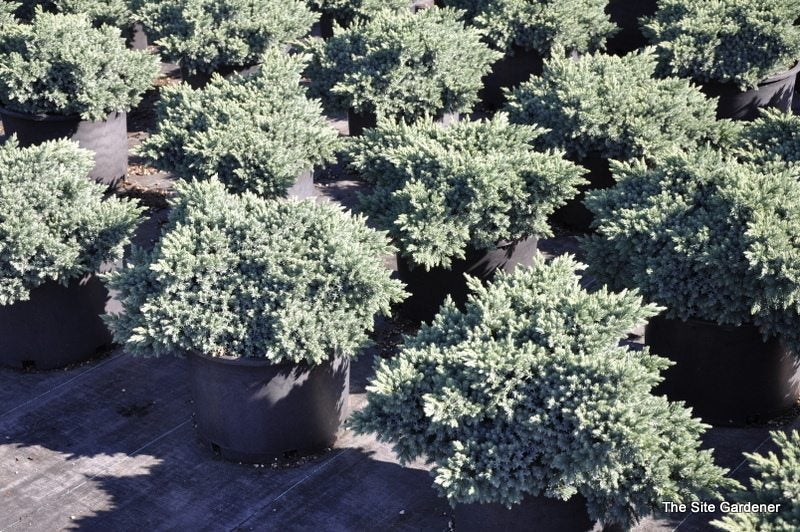 Growing Juniper ‘Blue Star’ – Learn About Blue Star Juniper Plants
Growing Juniper ‘Blue Star’ – Learn About Blue Star Juniper PlantsWith a name like "Blue Star," this juniper sounds as American as apple pie but, in fact, it is native to Afghanistan, the Himalayas, and western China. Gardeners love Blue Star for its thick, starry, blue-green foliage and its graceful rounded habit. Learn more here.
By Teo Spengler
-
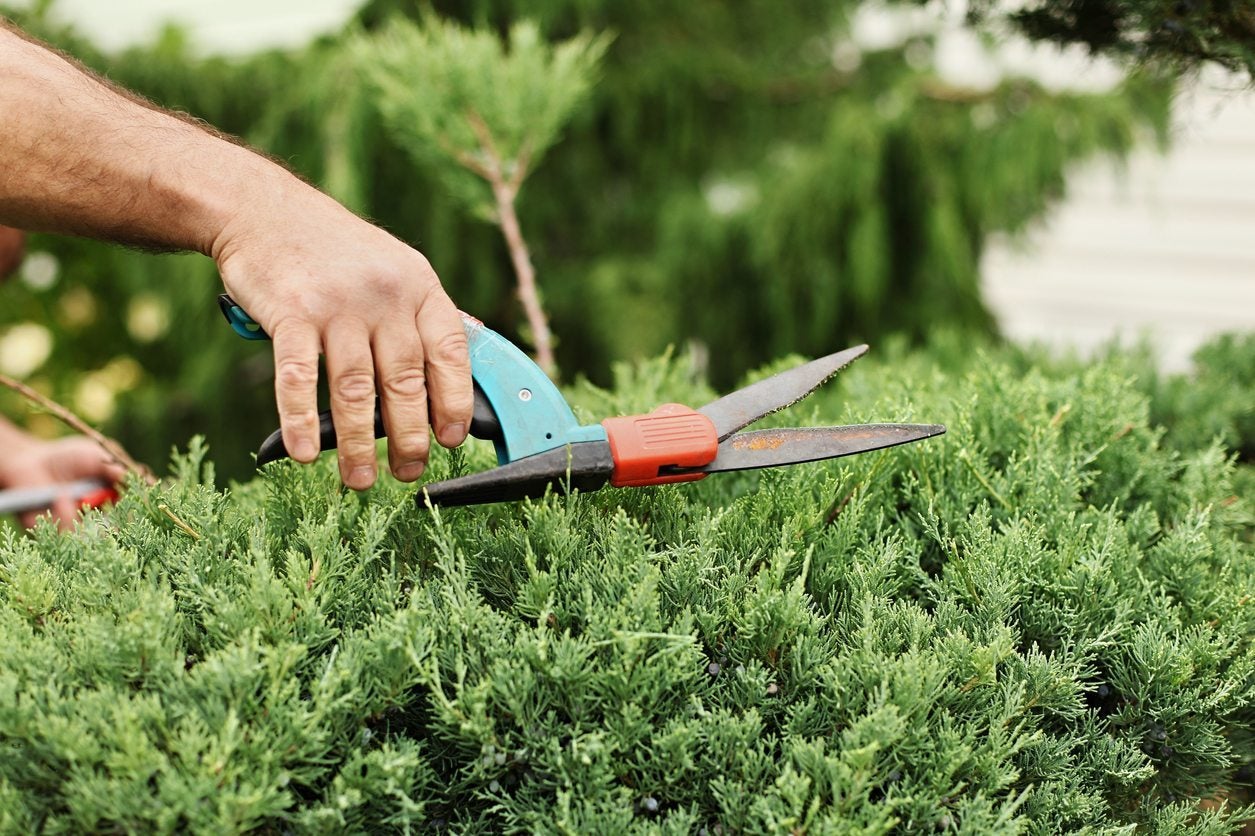 Can You Prune An Overgrown Juniper – Tips For Overgrown Juniper Pruning
Can You Prune An Overgrown Juniper – Tips For Overgrown Juniper PruningJuniper shrubs and trees are a great asset to landscaping. But sometimes, like the best things in life, they get away from us. What was once a smart shrub is now a wild, overgrown monster. So what can you do with a juniper that?s gotten out of hand? Find out here.
By Liz Baessler
-
 Wichita Blue Juniper Care: Tips For Growing Wichita Blue Junipers
Wichita Blue Juniper Care: Tips For Growing Wichita Blue JunipersWichita Blue juniper trees have an attractive broad-pyramid form that works well in a screen or hedge. With gorgeous silver-blue foliage all year long, these cultivars turn heads wherever they are planted. For more Wichita Blue juniper information, click here.
By Teo Spengler